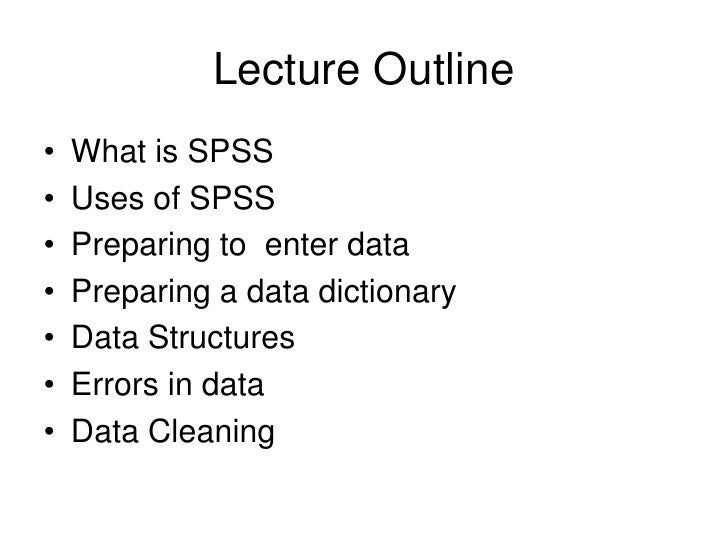

> with my formula in R? Any help would be greatly appreciated. Any ideas why I'm getting different values? Is something wrong I am doing pairwise case exclusion in both > when I replace the NA's with values, R and SPSS give the same r-values, > I think something may be different with R's handling of missing data, as > x > y > z1 > z2 > fmx > fmy > yres > xres > cor(xres, yres, use = "p") > Here is an example in R (calculating the partial correlation of x and y,

In Figure 10.8, we chose the variable CODE as the variable to label any. > the results in R are different than what SPSS gives. To obtain box - plots in SPSS 10, you may either use the EXPLORE option from. > I am trying to calculate a partial correlation and p-values. > where mydat2 has missing values removed, you get 0.47. > if SPSS gives partial correlations or semipartial correlations. I would suggest opening a new thread with a subject line like 'partial
SPSS CODE UCSD HOW TO
The complete cases values is nearly (but not the same as) what you got.Ī real issue here is how to usefully compute and test partialĬorrelations in the presence of missing data. The pairwise present value seems to be what SPSS is reporting. With a pairwise present method and compute partial correlations from that. SPSS seems to use the correlation matrix computed > Because this is a straightforward calculation, I would be surprised if there Messages sorted by: įirst the degrees of freedom for the partial correlation would be wrong.Next message: Partial correlations and p-values.Previous message: Partial correlations and p-values.

Partial correlations and p-values Charles C.


 0 kommentar(er)
0 kommentar(er)
